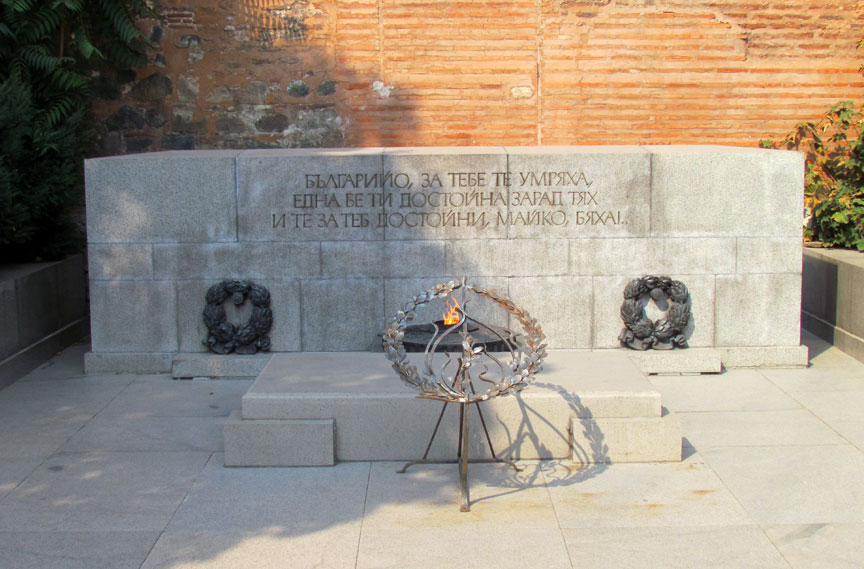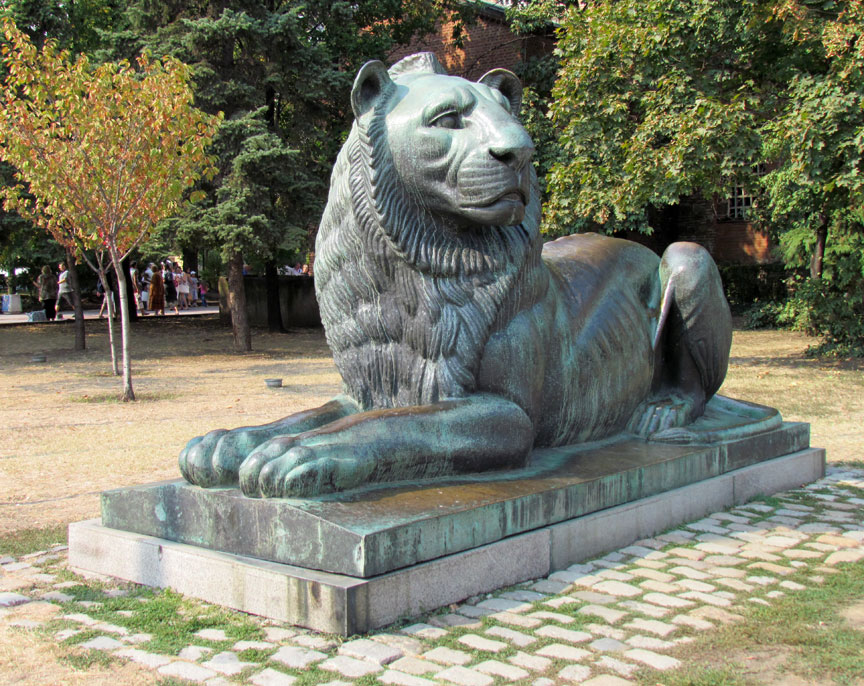

Hagia Sophia Church
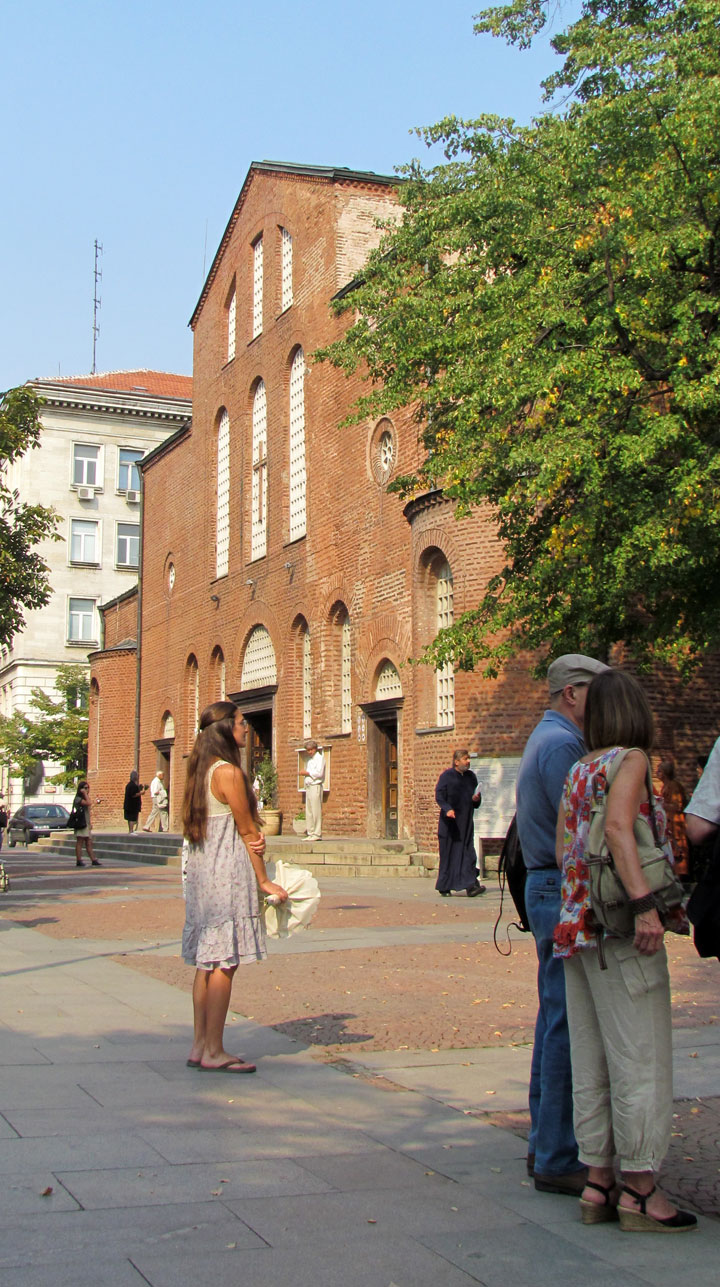
Hagia Sophia Church
The Hagia Sophia Church (Bulgarian: църква „Света София“, tsarkva „Sveta Sofia“) is the second oldest church in the Bulgarian capital Sofia, dating to the 6th century. In the 14th century, the church gave its name to the city, previously known as Sredets (Средец).
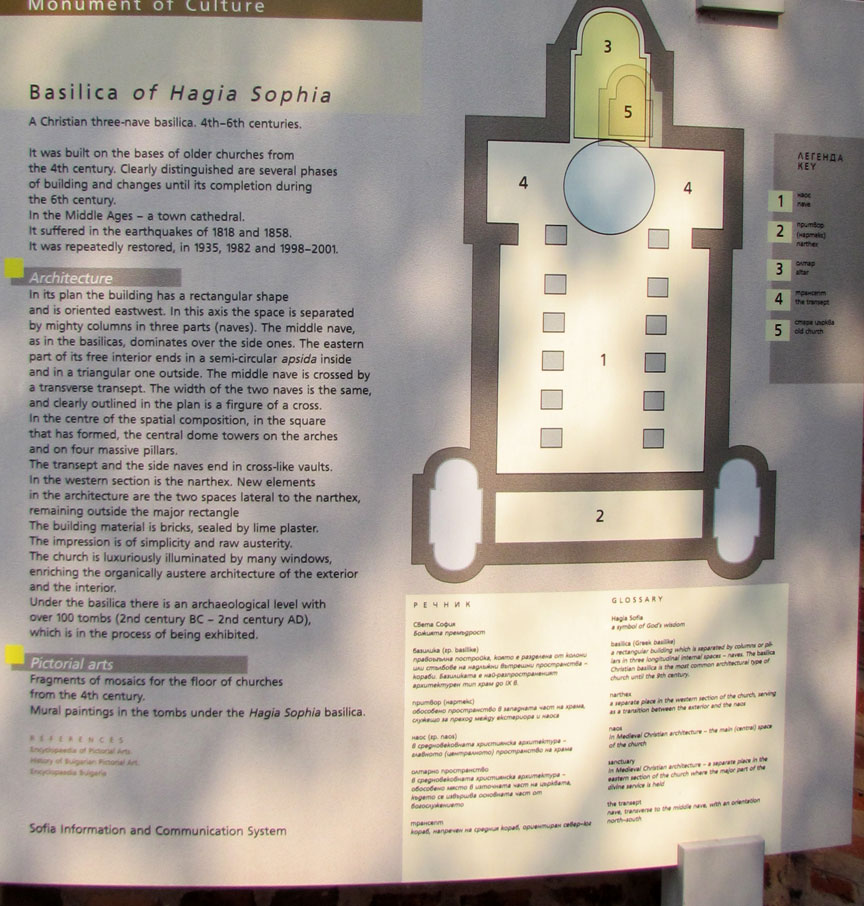
The church was built on the site of several earlier churches and places of
worship dating back to the days when it was the necropolis of the Roman town of
Serdica. In the 2nd century, it was the location of a Roman theatre. Over the
next few centuries, several other churches were constructed, only to be
destroyed by invading forces such as the Goths and the Huns. The basic cross
design of the present basilica, with its two east towers and one tower-cupola,
is believed to be the fifth structure to be constructed on the site and was
built during the reign of Byzantine Emperor Justinian I in the middle of the 6th
century (527-565). It is thus a contemporary of the better-known Hagia Sophia
church in Constantinople.
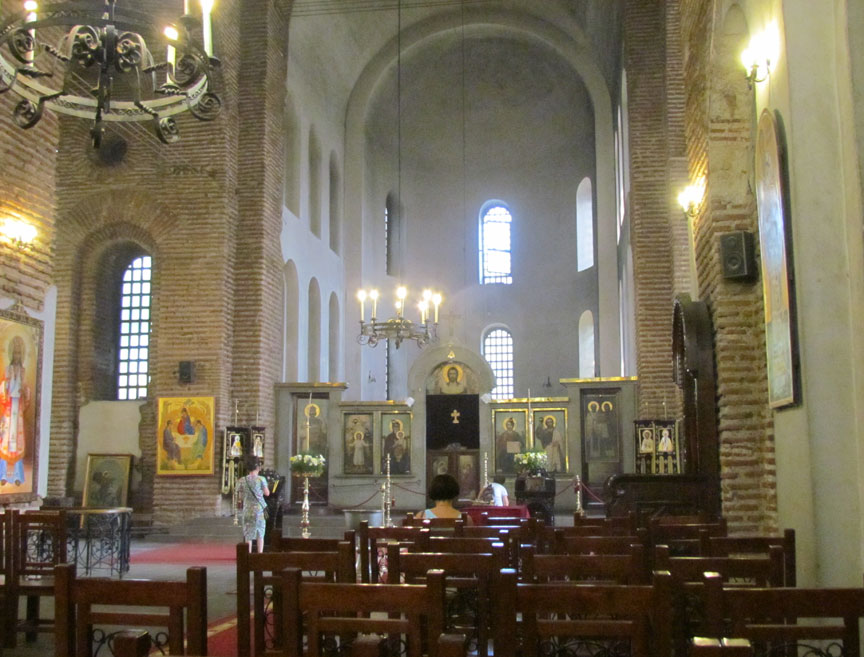
During the Second Bulgarian Empire (spanning the 12th to 14th centuries), the
structure acquired the status of a metropolitan church. In the 14th century, the
church gave its name to the city (Hagia Sophia meaning "holy wisdom" in Greek).
In the 16th century, during Ottoman rule, the church was converted into a
mosque: the original 12th-century frescoes were destroyed and minarets were
added. In the 19th century two earthquakes destroyed one of the minarets and the
mosque was abandoned. Restoration work was begun after 1900.
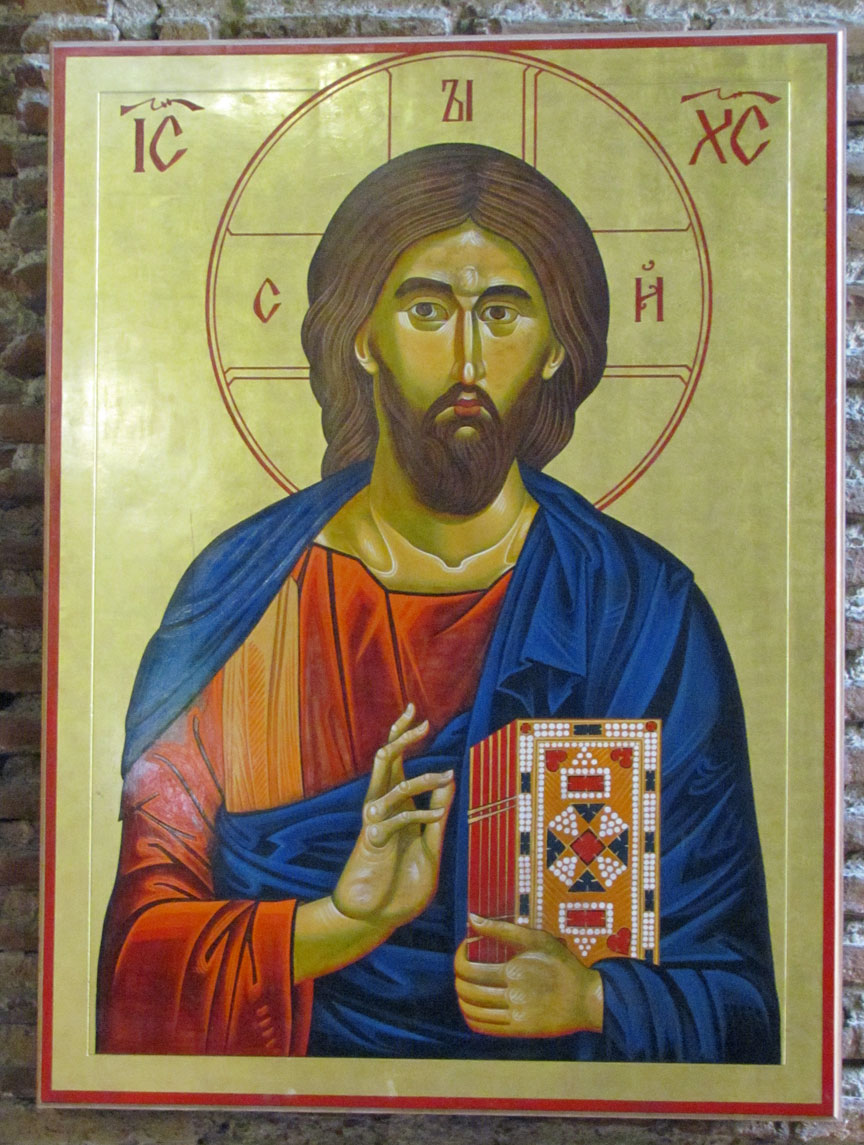
The Hagia Sophia Church is now one of the most valuable pieces of Early
architecture in Southeastern Europe. The present building is a cross basilica
with three altars. The floor of the church is covered with complex Early
Christian ornamental or flora and fauna-themed mosaics. The Hagia Sophia Church
stands in the middle of an ancient necropolis and many tombs have been unearthed
both under and near the church. Some of the tombs even feature frescoes.

According to popular lore, St Sophia's miraculous powers protected the building
over the centuries, warding off human invasions and natural disasters to keep
the church as an example of the elegant, austere, and symmetrical architecture
of the age.

Because St. Sophia represents divine wisdom rather than a historical saint,
icons within the church depict Sophia as a woman standing above three other
women representing faith, hope, and love. The church also displays icons of
historical saints, including St. George and St. Vladimir.
Text from Wikipedia

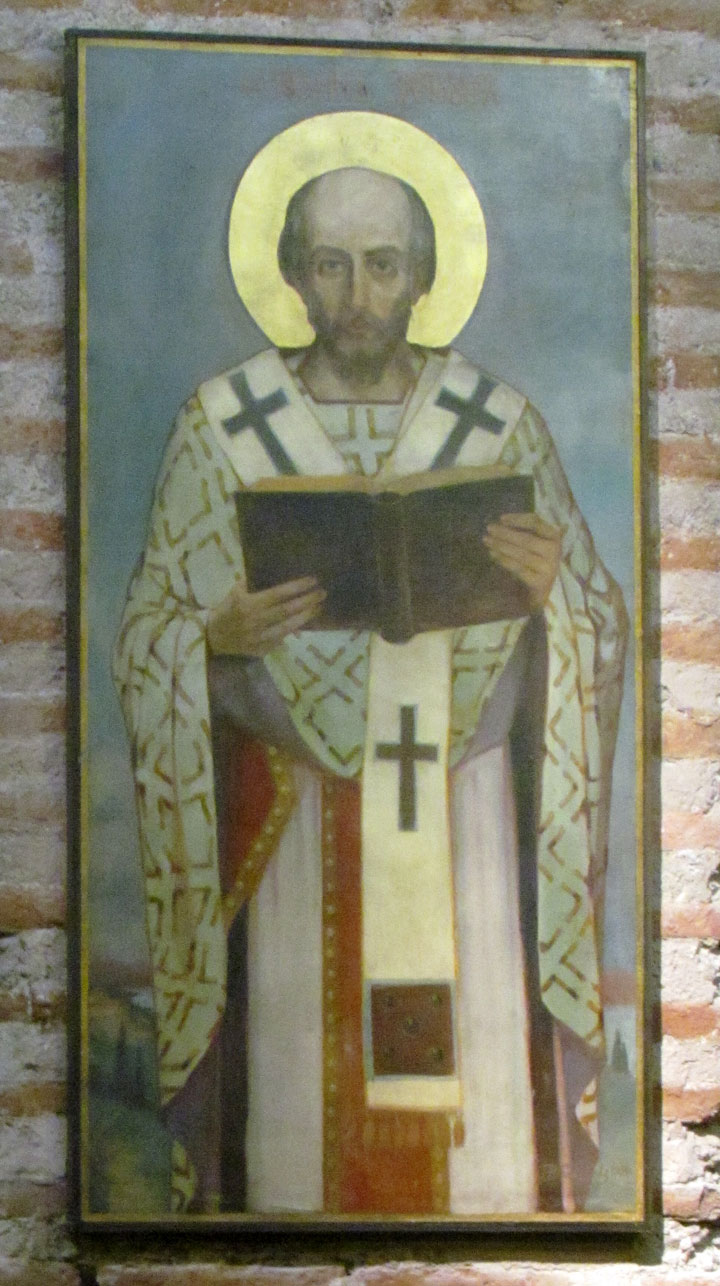
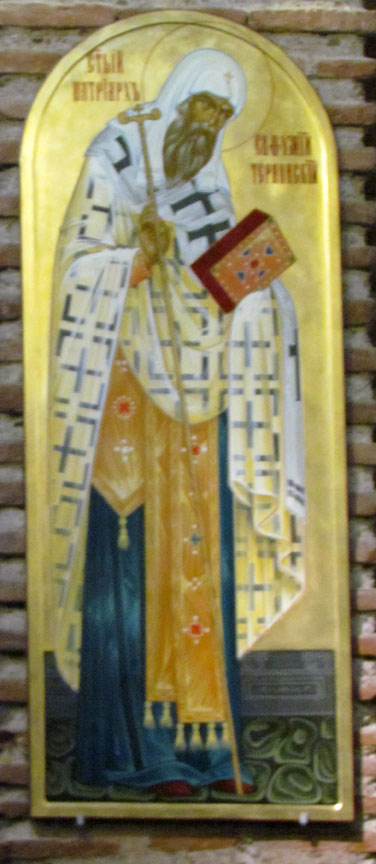
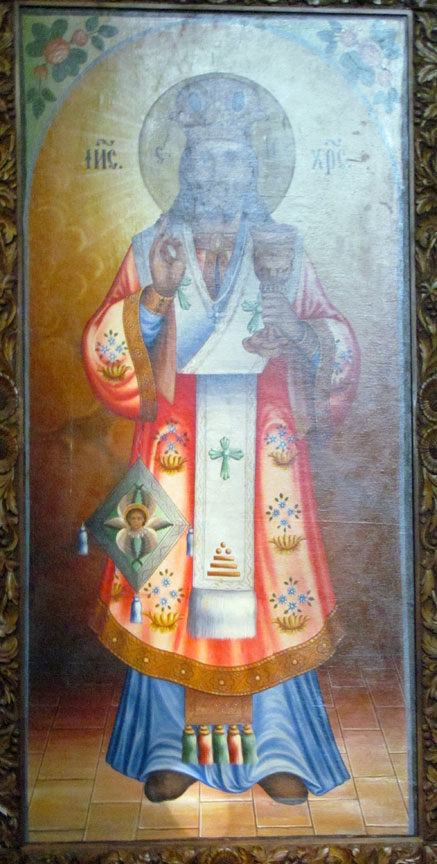
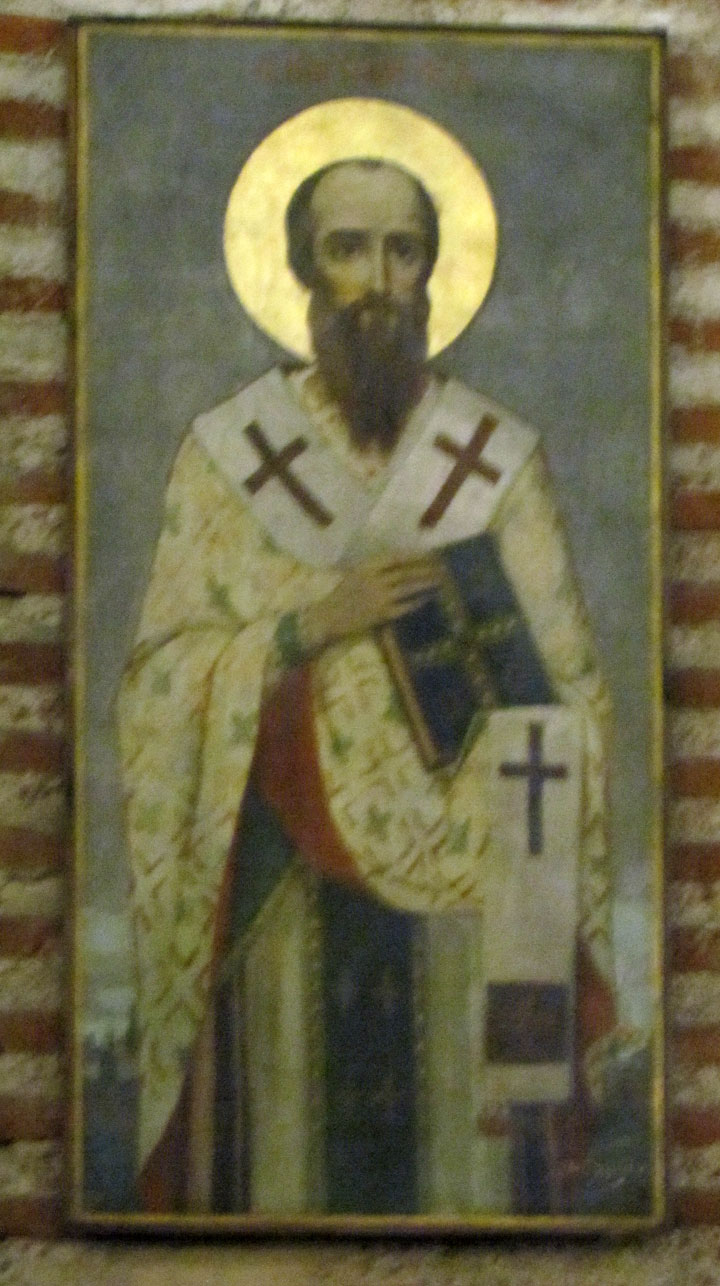
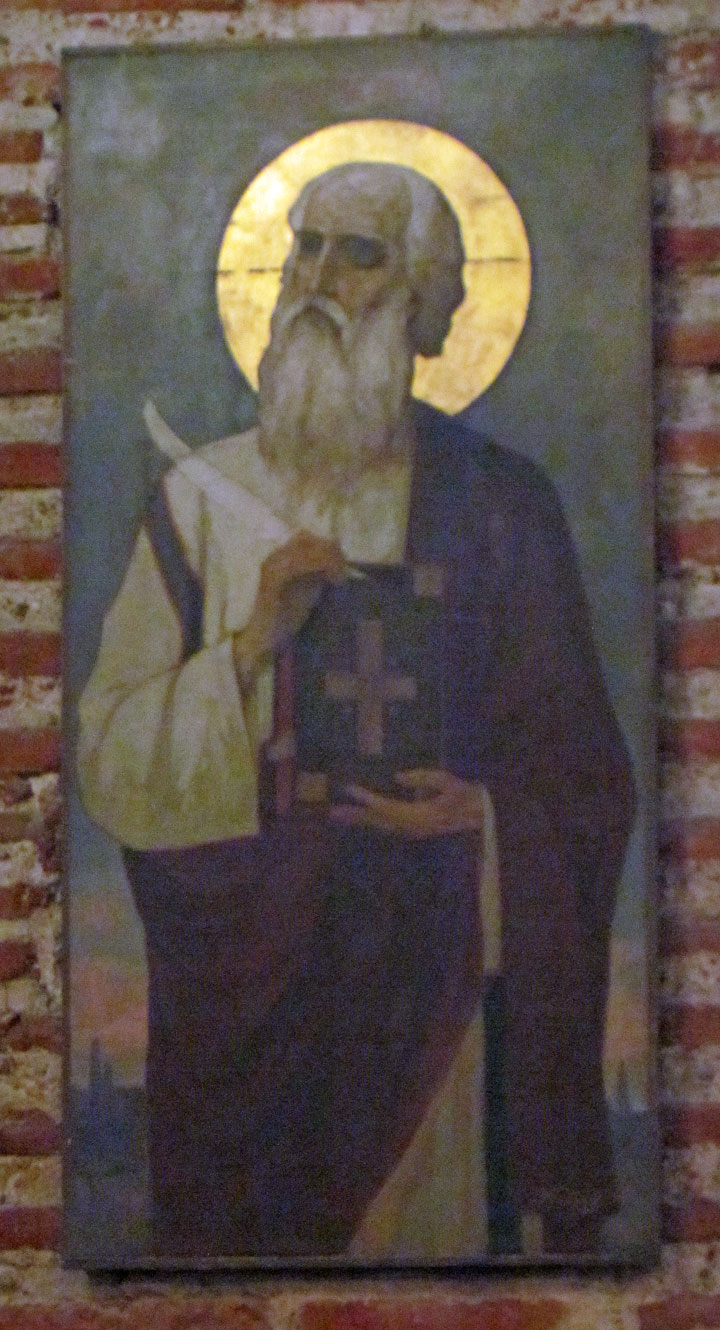
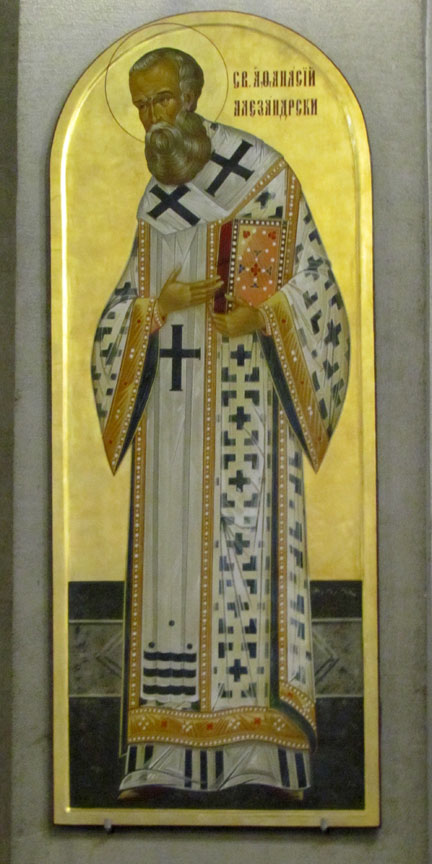


where candles can be lit
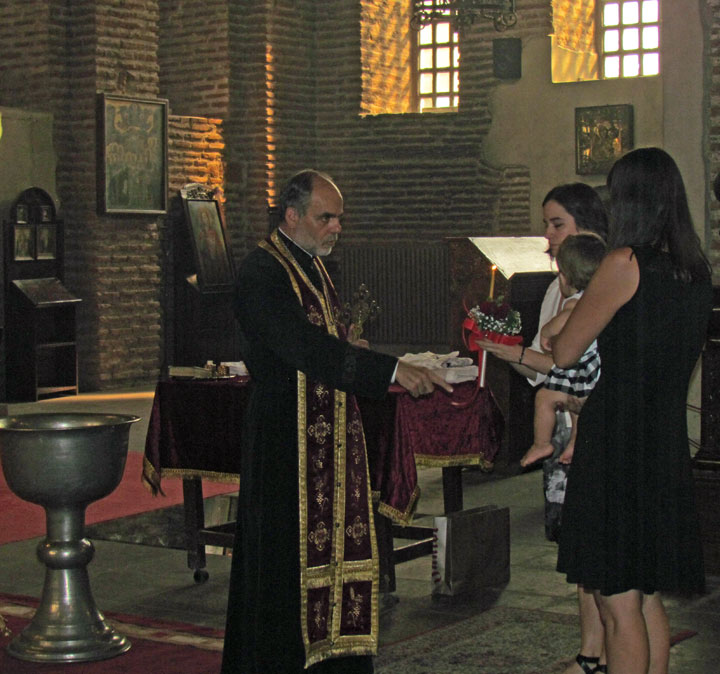
a place for baptisms
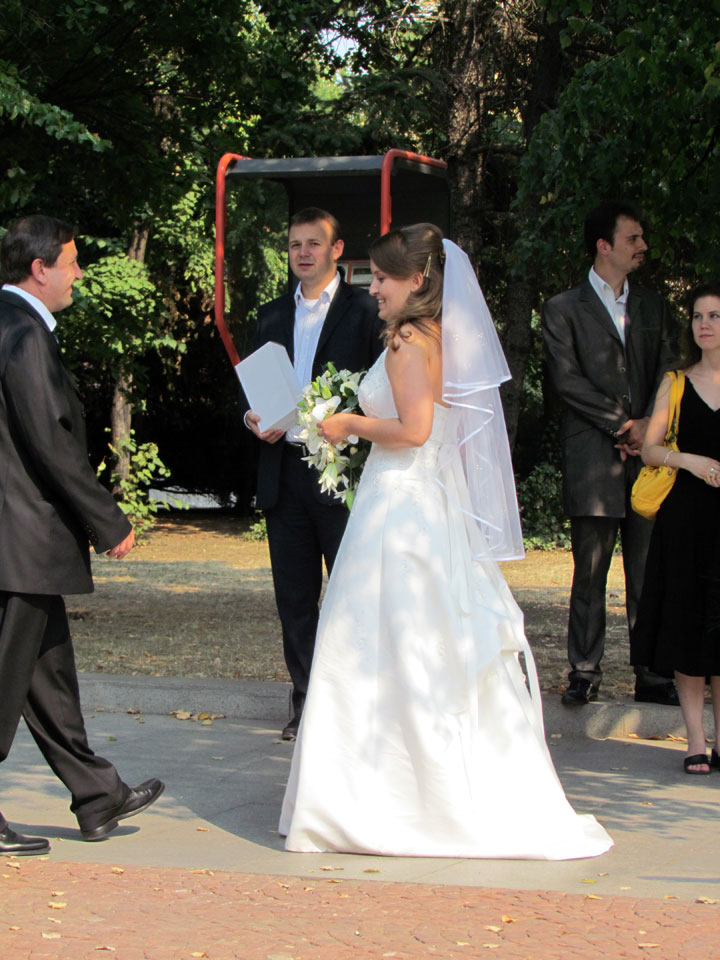
and a place for weddings
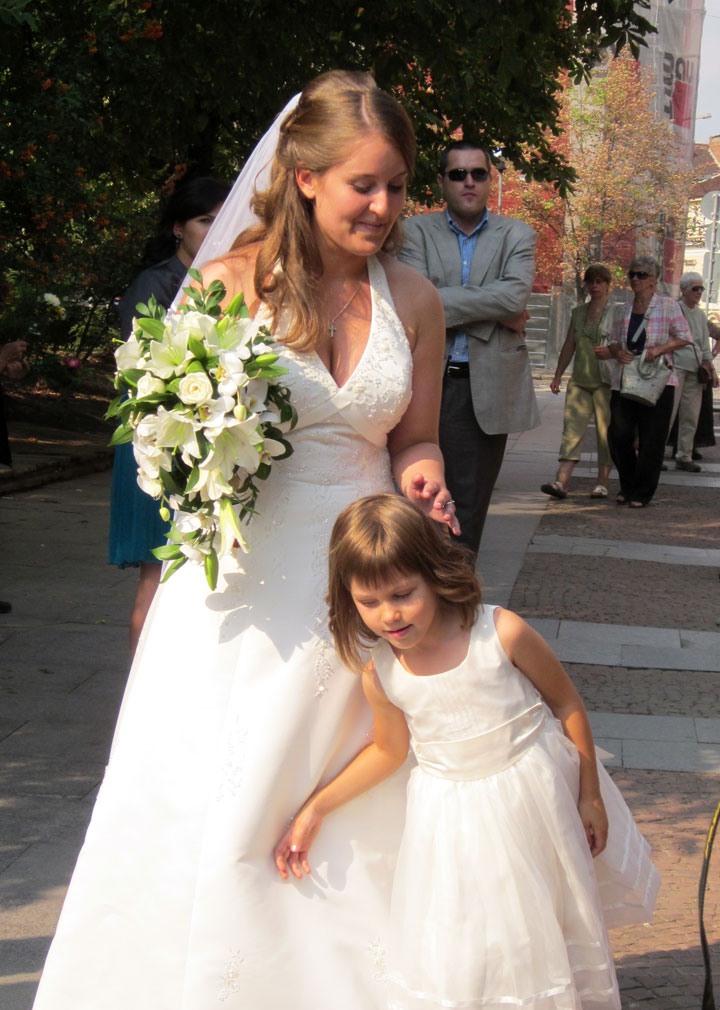
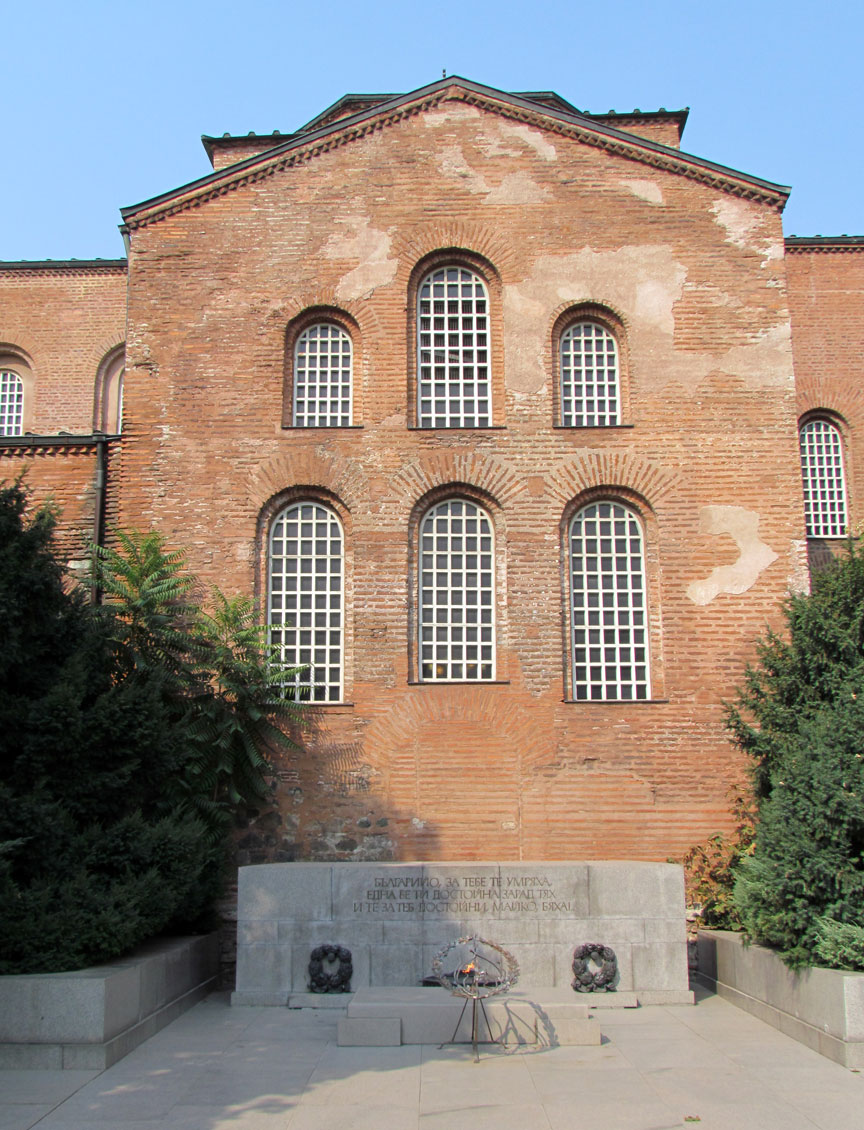
on the side of the church is the
Eternal Flame
honoring the unknown fallen soldier
